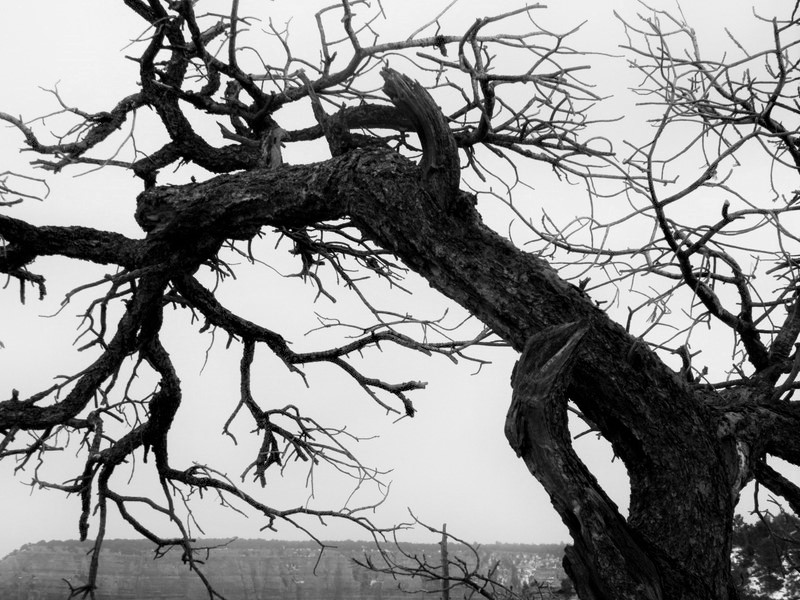Neighbors
She was very regimented. She took a shower at 3 p.m. every day, and at 3 p.m. I took out my binoculars and watched her bathroom. I had a hard time holding the binoculars because of the bandages. Since the accident I could only see out of my left eye. She appeared to be a shower singer, her mouth wide and unabashed as a girl’s. I wished I could hear. I imagined lying on her bathroom floor, gazing up, hugging my shoulders and listening. If I could hear her sing, maybe the daily rush of wind wouldn’t careen through my mind. One time I saw her cry. She stood in front of the mirror, pinching her upper nose between her thumb and middle finger, and sobbed. It was summer—the window was open to let out the steam. She was naked. She wasn’t beautiful. She had a little belly fat, puckered thighs, and gray at her temples. But beauty’s common. I’m not that shallow. I wished I heard her crying. When she and her husband moved away, I felt a great rending in my soul, and the rushing came early that day—a gale through the brain, right to left—and stayed until I passed out in my rocking chair.
I knew their names. I’d found them before and I could find them again. I spoke into the microphone, the computer transcribed, and in this way I cross-checked the husband’s job against a national database and found out that they’d moved to a cheap but leafy suburb at the outskirts of town. I still had insurance money. I waited a long time, and had to pay more than it was worth, but eventually I got the house across from theirs. Although I couldn’t see into the bathroom, I had a direct view into the living and dining rooms. By this time the infection had worsened, and each of my breaths rattled in my chest. I lost whole afternoons, dreaming about her husband’s death—tragic suicide; ingestion of household products; mugging gone askew. When I was awake, something diamond-shaped flickered in the corner of my good eye. A nurse started coming in the afternoons. I think she started coming. She didn’t speak, just sat, hand-sewing a child’s yellow blouse. In the evenings I pinched the binoculars between my arms and watched. From my attic window, I saw the man and his wife eat their dinner before reading in perpendicular armchairs. They didn’t talk much. It made me sad.
She stepped out one morning to water her hydrangeas. My good eye was getting milkier every day, but I could see the outline of her body swaying with the hose. I leaned forward to hear a fragment of the song she was singing. I leaned so far forward that half my body was out the window, and suddenly she turned and looked straight at me. She gasped. I was horrible to see. I tried to scramble back inside, but I couldn’t adjust my weight in time, and instead I fell from the attic window onto the pavement below. I heard a bone crunch. Her face was above me then, older than I had imagined, older than the last time she had been above me. This time she didn’t drive away, leaving me and my bicycle by the roadside. This time she waited with me until oscillating lights—blue, red, blue—pulsed right up beside us. She hovered like a hummingbird. I think she was singing. I want to think she was singing, with her wide and gorgeous mouth. She flickered, singing, until my good eye faded out for good, and all I could hear was a voice, a voice, a voice.
Saramanda Swigart is writing fiction exclusively after years of writing advertising copy and corporate literature. She completed an MFA in creative writing from Columbia University and a supplementary degree in literary translation. Her short fiction has appeared in Caveat Lector, Fogged Clarity, The Literati Quarterly, OxMag, The Penmen Review, Ragazine, Superstition Review, and Thin Air.